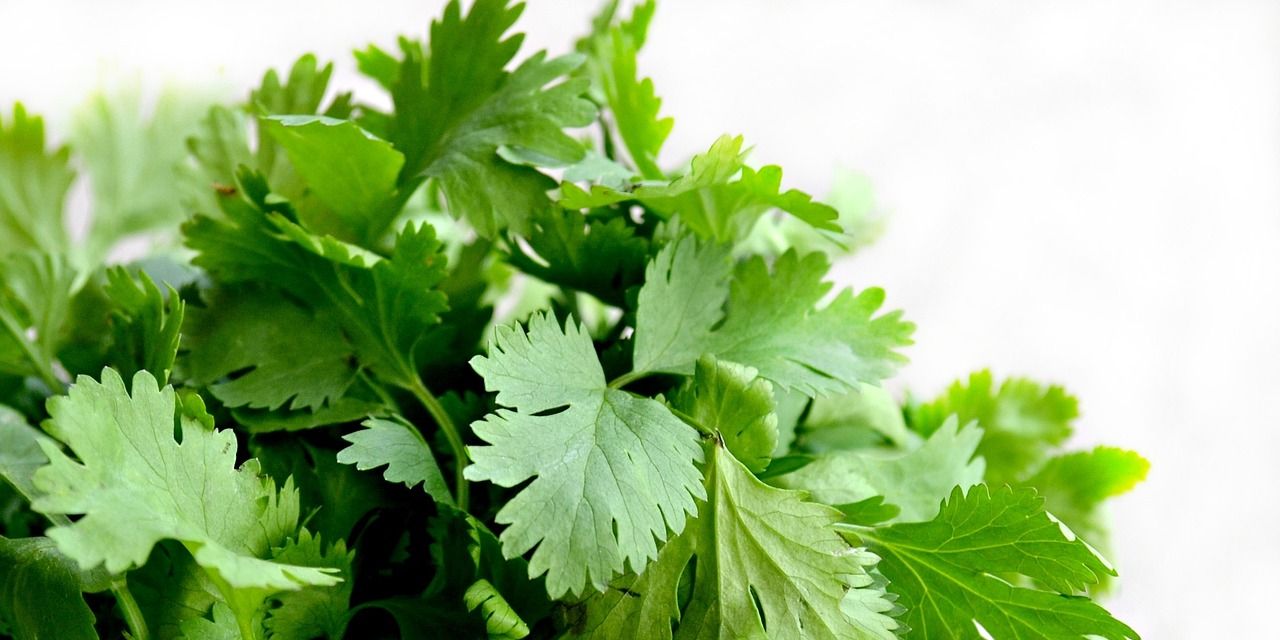
Cloves
Knowledge
January 21, 2025
Small buds with flavor
The history of cloves is thousands of years old. In the past, they were a sought-after and expensive commodity.
The evergreen carnation trees, which belong to the myrtle family, originated in Asia, in the Indonesian Moluccas. From there, the dried buds, the cloves, found their way to Europe in ancient times.
In addition to their use in the kitchen, they have always been considered to have healing powers.

Origin & Appearance
- Originally from the Indonesian Moluccas; today Indonesia, the Philippines, Brazil, the Comoros, Madagascar, Zanzibar and Mauritius are the main exporters
- Nail-shaped flower buds with a typical brown color
Taste & Use
- Intense, warm-sweet, woody-bitter
- Used in roasts, cold cuts, boiled sausage, bratwurst, blood sausage and liver sausage
- Use whole or ground
Quality
- Cloves contain essential oils
- High-quality cloves release some oil when they are scored
- High-quality cloves either sink to the bottom when put in water or swim vertically with their heads up
Products with clove
- Sauerbratenbeize | item no.: 227118
- Sauerbraten | item no.: 227103
- Deco Quick® Winter Dream| item no.: 560221
- Lakarom Wintertraum | item no.: 257847

Use of cloves in the kitchen
Cloves harmonize very well with autumnal game dishes, red cabbage and sauerkraut as well as roasts. The spice should not be missing in Advent either. Together with cinnamon, it adds Christmas flavours to gingerbread, speculoos and mulled wine.
Even savoury dishes are skilfully refined with cloves - for example with our products Deco Quick® Wintertraum and Lakarom Wintertraum. In addition, cloves are part of the characteristic taste profile of numerous sausage products, from cold cuts to boiled, bratwurst, blood sausage and liver sausage.

